Eurovision 2014 is still 190 days away, but Eurovision fans are already dying to know what Denmark has planned for us next May on Refshaleøen, the island that will be the epicentre of the contest. Jan Lagermand Lundme, the Head of Show for Danish Broadcaster DR, recently took some time out of his busy schedule to fill me in on everything from EuroClub and transport to the running order and press centre. That’s a lot of info, so I’ll spread this out over three posts today, Wednesday and Friday. Get ready, y’all: It’s time to Pimp that Island!
EuroClub
EuroClub, the after-hours gathering spot for fans, contestants, and anyone else who loves a bit of schlager, will not be on the island. Organizers will situate it in the center of the city. “The most important thing is it’s close to all the hotels, and to the city life in general,” Lundme says. This is a really good idea because everyone can easily walk back to their hotel after staying up way too late drinking way too much. In my case and at my age, that means three beers at 10:00 pm. For the likes of Eurovision’s excited young things, that’s more like a few G&T’s at 3am.
Lundme has no control over the location of EuroClub. The host city decides where to place the venue and how to set it up. Your experience at this year’s EuroClub depends on how well the Copenhagen city council knows how to party.
The Press Centre
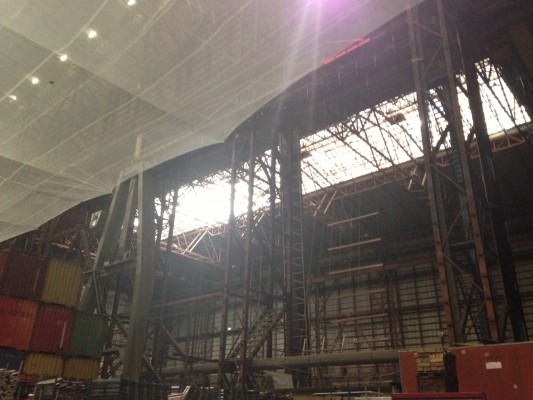 Refshaleøen will house this year’s press centre. As many of you accredited journalists will remember, the press room in Malmö was something of a crypt. It had free tap water, but it did not have any windows. Jan says this is on his list of things to consider, so if you see any sunlight while writing your blog posts, you have Jan to thank. Hopefully all of the shpping containers will be removed before the contest, too!
Refshaleøen will house this year’s press centre. As many of you accredited journalists will remember, the press room in Malmö was something of a crypt. It had free tap water, but it did not have any windows. Jan says this is on his list of things to consider, so if you see any sunlight while writing your blog posts, you have Jan to thank. Hopefully all of the shpping containers will be removed before the contest, too!
In Malmö journalists could graze in the food court of a nearby shopping mall. Refshaleøen is an abandoned industrial island, but you will not need to eat concrete. Lundme says the island will house several restaurants, so you’ll be well-nourished.
Ahoy Sailor
Jyllands-Posten has previously reported that there might be some major traffic jams on the island, but Lundme is rather calm about the matter. Transport to and from the Island will be by boat, bus, and bike. This is also in the hands of Copenhagen, not Jan, and they’re still figuring out exactly what they are going to do. Boats could well be a primary method as most of the hotels are across the water from the island.
On the night of the semi-finals and grand final, things get really interesting. One minute no one wants a ride and one minute later 10,000 people are exiting the arena and all want transportation. I think it is going to take a while to get anywhere, not only because there are only so many boats and buses, but because there are only so many spots for them to take passengers on and off.
On the flip side, you’re walking out of a wondrous experience, talking to the people around you about how great it was, and everyone is really nice. If it takes a little longer to get back to Copenhagen, I don’t think it will be a big deal to most.
In our next installment on Wednesday Lundme will explain why organizers changed the dates of this year’s contest, the running order and draw, and the matter of how far contestants will have to walk between the green room and the stage.
Read Part II now! And Part III.
David T is a Colorado-based correspondent for wiwibloggs.com. You can keep up-to-date on the latest Eurovision news and gossip by following the team on Twitter @wiwibloggs and by liking our Facebook page.
Photos: Courtesy of DR
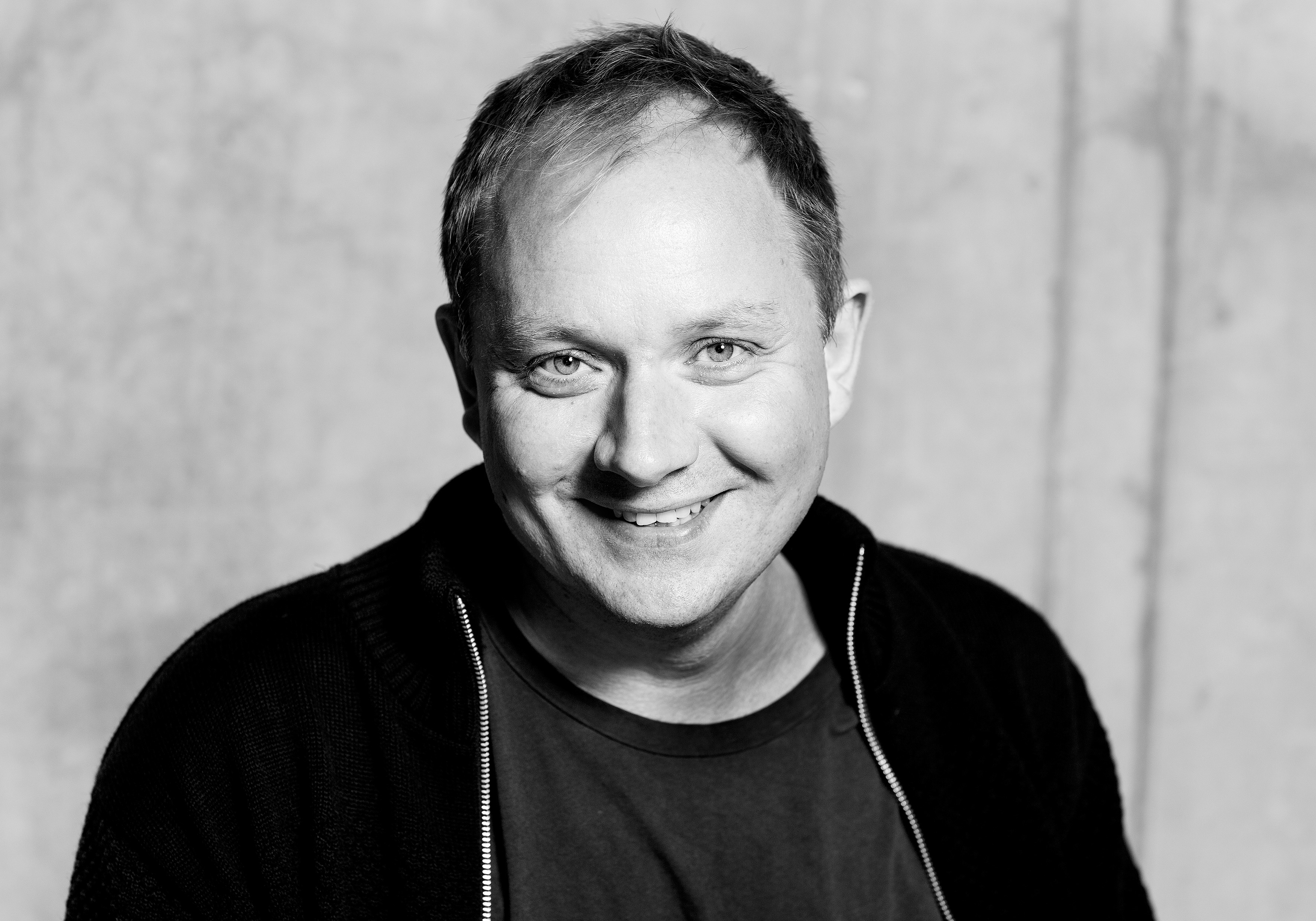

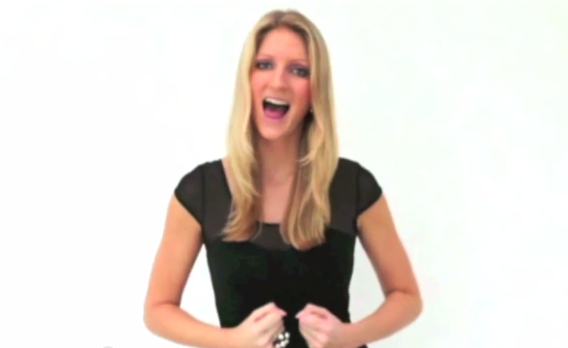
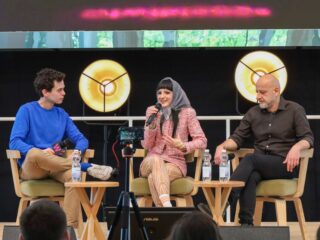

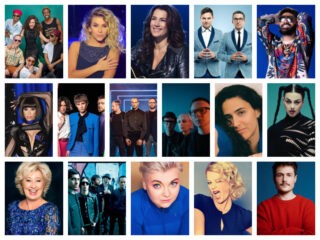

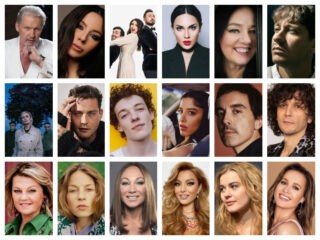



Mahalo David! Like a good journalist, you leave me wanting more!
I’m really getting more and more intrigued by this.